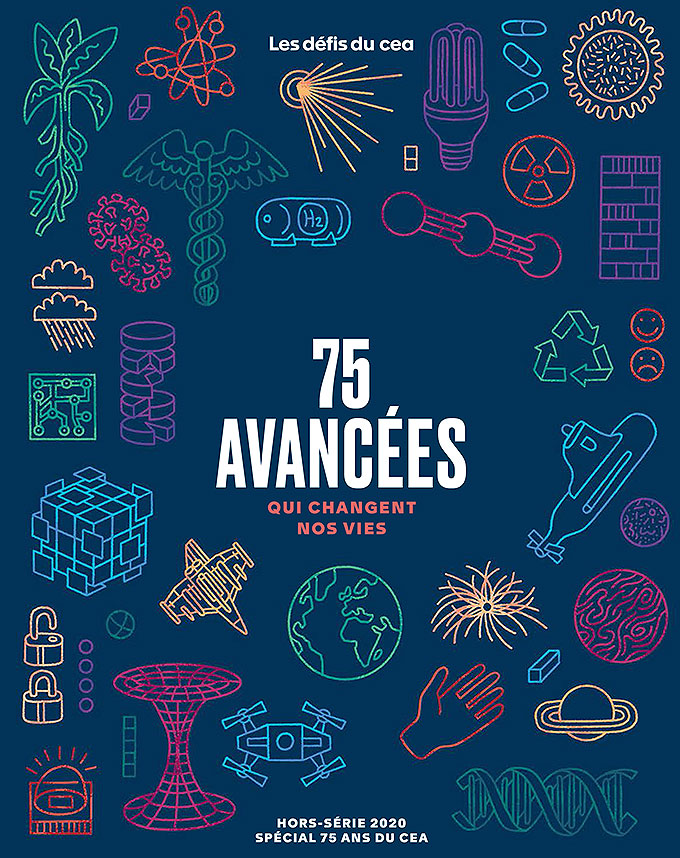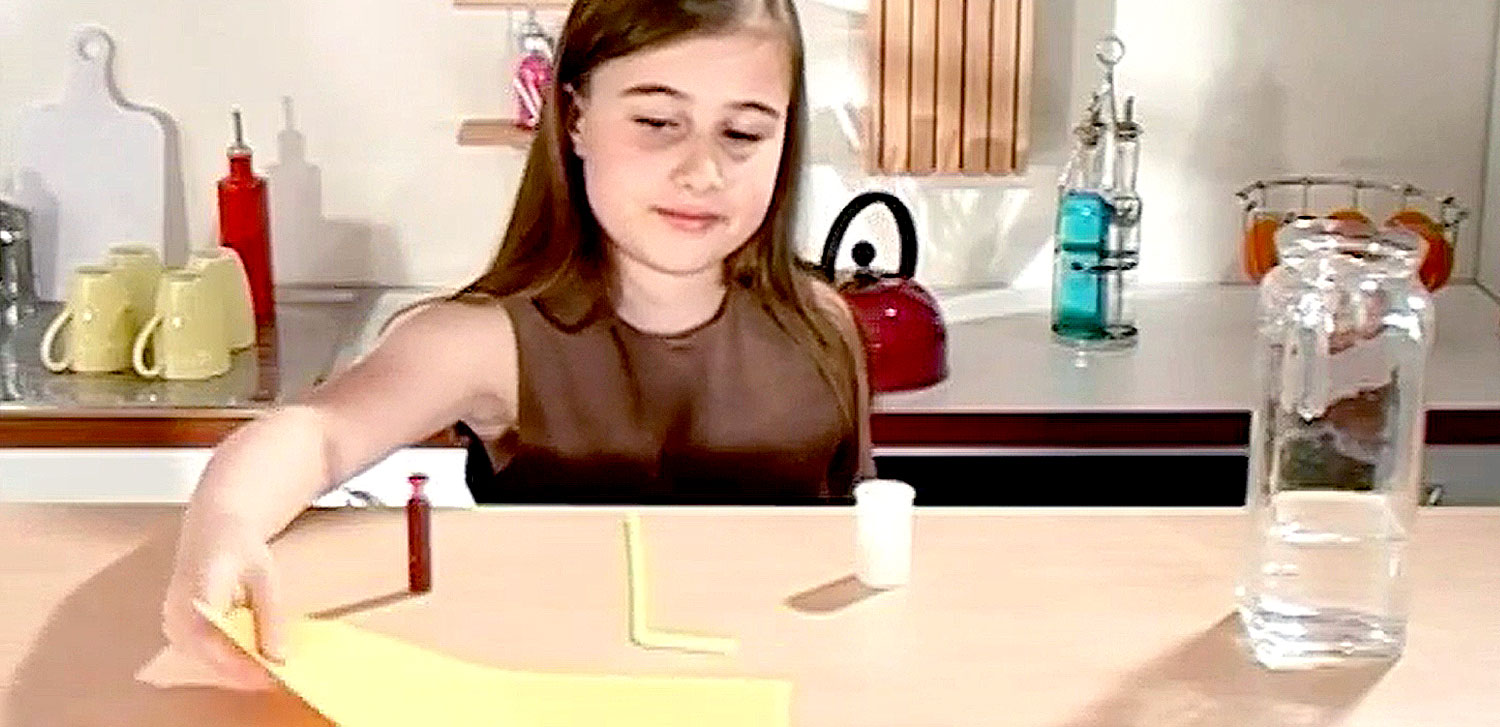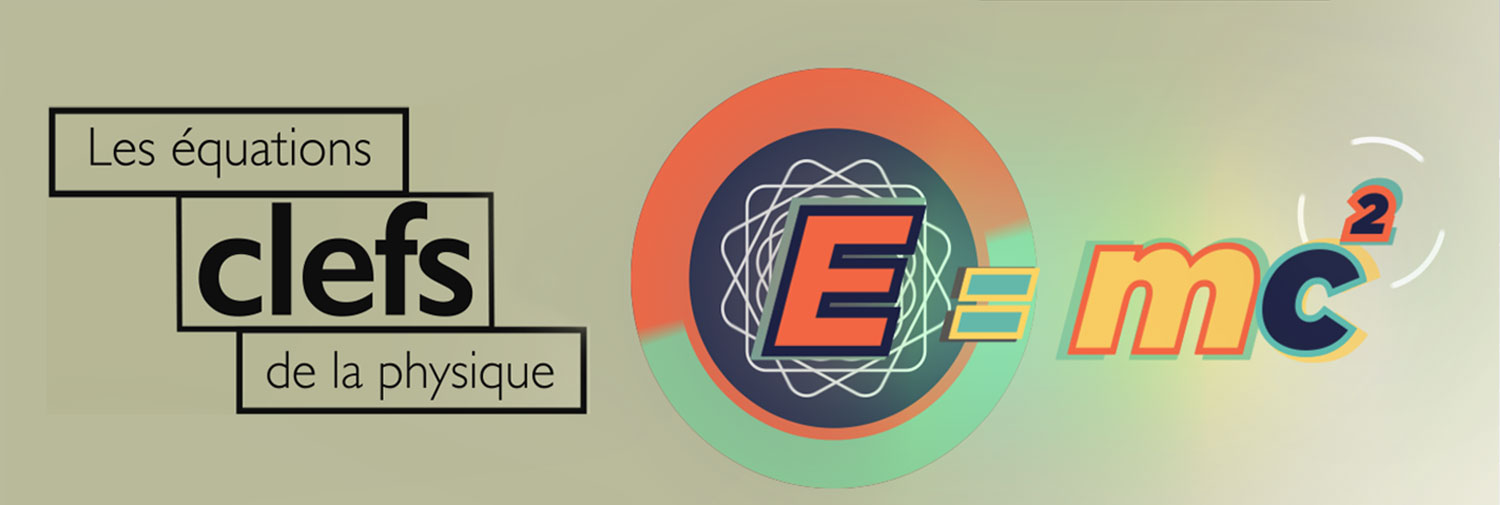
The CEA and its ecosystem
Science and society
As a public research organisation and knowledge and technology producer, the CEA has long been investing in promoting information and public discussion about science and its associated challenges as well as exchanges with the scientific community. In light of the past year, the organisation intends to redouble its efforts to embed science in society permanently.

The CEA’s three priority action areas are to inform the public about topical scientific issues facing society, promote scientific culture and consolidate the integration of CEA centres in their local environment."
There has been a lot of talk about “bringing science and society closer together” and even “rebuilding public trust in science”, especially over the past year in relation to the pandemic. The CEA is leveraging its vast pool of digital tools, such as its online media library offering a range of multimedia resources (magazines, animations, videos, podcasts, etc.) and its broad social media presence, to focus its efforts on three priority action areas.
The first of these priorities is informing the public about topical scientific issues facing society to provide decision-makers and the public in general with the information needed to understand the challenges involved. Providing information about COVID-19 was therefore a top priority throughout 2020. The CEA set up a dedicated page on its website, which was updated regularly with the latest news and developments about the virus.
So-called “issue briefs” were organised on topics of interest to present the flagship actions taken by the CEA in support of the French recovery plan, in the field of technological innovation for instance.
Similarly, the new format of the CEA’s bi-monthly magazine Les Défis du CEA, (Challenges faced by the CEA), launched in March 2020, turns the spotlight on the wealth of research and its implications for society, in a variety of articles about the laboratories, researcher profiles and interviews with experts.

The second priority is promoting scientific culture. This involves some of the CEA's more traditional actions aimed at the world of education, targeting secondary school pupils, university students and teachers. The CEA took part in a variety of virtual and live events throughout 2020 - the “Fête de la science” science festival in the autumn, the Cannes International Games Festival in February and the “Festival d’astronomie de Fleurance” in August to name but a few - to showcase its activities and provide its researchers with a platform to talk about their research. It also introduced some new formats, such as: the “Science à la maison” (Science at home) programme on Facebook and Twitter with fun activities like quizzes, mini-experiments, and mystery photos to do at home during the first lockdown, and the collection of physics equations which changed the world on YouTube explaining the history of the founders of modern science (E=MC², Maxwell, Schrödinger, etc.)
Lastly, the web series ScienceLoop launched in 2019, continued its mission to popularise science, incorporating topical issues, with special issues on climate change and viruses in June and September respectively.

The third, but by no means least, priority area is consolidating the integration of CEA centres in their local environment through targeted actions, such as visits and events aimed at representatives from the local community (associations, MPs and councillors, academic and industrial partners, residents, and external collaborators). Because of the pandemic, the main priority in 2020 was crisis management, manifested specifically by expressing solidarity with patients and health workers through a variety of actions - distributing masks and sanitisers to hospitals and medical centres in surrounding areas; designing and producing safety components such as visors, temples for safety glasses and “hands-free” door openers in collaboration with hospitals; designing reusable masks that can be worn up to 100 times - all of which demonstrate just how well science can serve the public.
